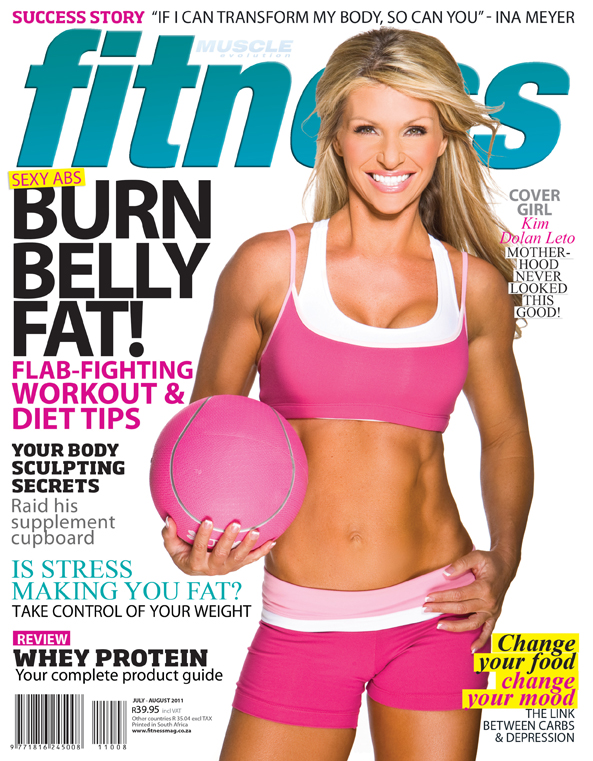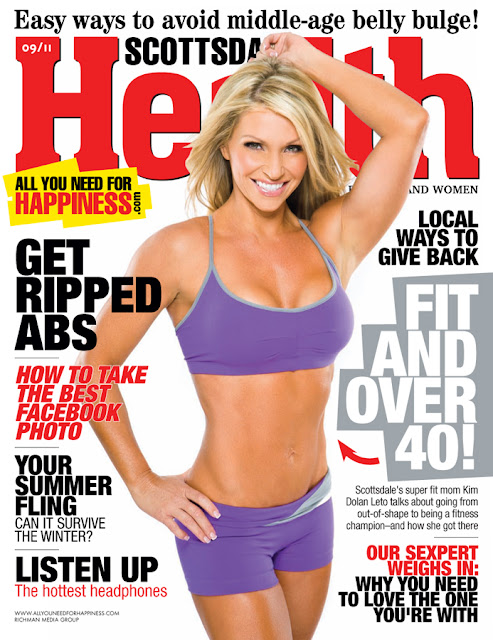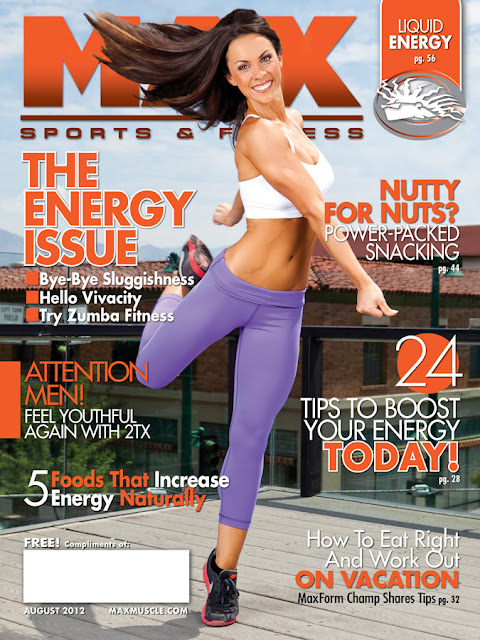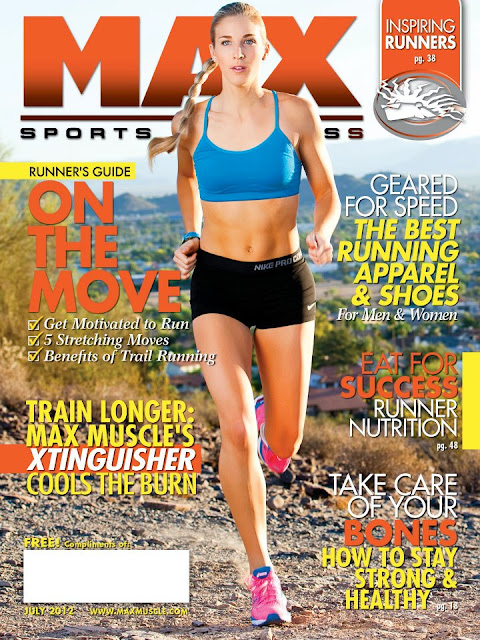James Patrick is a highly published fitness and commercial photographer based in Tucson, Arizona. He is a very talented and passionate photographer. James takes pride in his work and his team. His work has appeared in the following magazines: Oxygen, Scottsdale Health, Fitness Plus, Max Sports & Fitness, Physique, World Physique, Las Vegas Sports & Fitness, Tucson Lifestyle, College Affair, Entrepreneur, FHM, Maxim, The New Southwest, Tucson Green Times, Model Scene, eGirls News, So Scottsdale, 944, Campus, RedBlue, Latino y Style, Perfectify, SW Style & Living, Tombstone Epitaph, Oro Valley|Marana, Top Pair, Tucson Women’s, Young Money, Teeze, theScast, Petite Styles, Mobscene, Tucson Foothills, Biz Tucson, Iron Man, Muscle & Performance, M Fitness, CitiScapes, Fit and Firm and many more. Additionally, James works as a marketing professional, website strategist, and a public speaker covering a variety of topics including photography, marketing, and business development.
I really feel that this interview with James has given me a great insight into fitness photography and fitness modeling. If you are interested in being in the industry, I think that you will find James’ responses highly useful.
AVIVA: How long have you been a photographer?
JAMES PATRICK: I was literally tossed into the photography industry about nine years ago. I say “tossed in” because at the time I was a journalist for a small newspaper. As I was working late one night and about to head out to interview someone for a feature story my editor tossed a camera in my hands. Apparently there were no staff photographers in the office that night and I had to play double-duty of both writer and photographer. I fell in love with it instantly. From that point I had to figure out how to actually take a quality photo. I took only one photo class in college so a large portion of my development in the industry (pardon the pun) came from interning for various photographers as well as from making a lot of mistakes and learning along the way. I spent a few years working on the editorial side as a photo editor for both a newspaper and a magazine. In that field I had to manage a small staff of photographers, divvy out projects, select images for print, post process them and so on. In my mid-20s is when I really started to push myself into the freelance editorial and commercial markets.
AVIVA: Do you pre-visualize your photos or do you put all the components together as you go?
JP: That would completely depend on the project. With a lot of my editorial clients, I will have either a sit down meeting with the Art Director or Creative Director – or at least chat through the phone. We will discuss the project in detail regarding who or what the photos are of, what the article is about, what is important to incorporate into the images. We share inspirational images back and forth and determine what we hope to achieve during the upcoming shoot. Then during the shoot we always keep our eyes open for on-the-spot creative ideas. Often times commercial shoots are also very precise in the planning stages. Many times as a photographer bidding or proposing on a job, we have to type up a fairly detailed project approach in our bid package that we send into the client. In that we state our “creative vision” for the shoot. That is exactly why any artist, including photographers, will live and die based upon their style. Their style will get them hired just as much as their style will get them overlooked. It is not about having a style that everyone likes. It is about having a style that your key niche or target client connects with. On the flip side of things, there are times where my team and I have to play the role of photographer and creative director right on set. We had that a few nights ago were we were hired to photograph a rock band at a small concert venue. We show up and the band and their manager tells us “we are open to whatever you think will look good.” Over the new few hours, my assistant and I had to fire on all creative cylinders. It worked out beautifully and the band received a variety of creative images and setups.
AVIVA: What achievement(s) in your career are you most proud of?
JP: That is a difficult question because I look at each project my team and I take on as an opportunity to do something new, something different and something exciting. I would say what I am most proud of is that I can do what I do for a living. That I am fortunate enough to have built such a great team to work with, that I have such fantastic clients, that I can spend endless hours building something I am truly passionate about. No award, publication cover, or big budget assignment can compare to knowing that I am doing the right thing.
AVIVA: We have heard the statement: “Success in photography is 90% business and 10% photography skill”. Do you agree or disagree and why?
JP: I may push it as far as success is 99% business and 1% photography. A photographer needs the skills, but just being able to take great images is not nearly enough. One of my favorite authors Daniel H. Pink stated “Persistence trumps talent.” I could not believe that more. I see brilliant photographers get passed up by those who, although may not be as talented, had a little more grit and will and drive to succeed. It surprises me that more art schools are not teaching basic business courses for their students. Standard things like how to do book-keeping, how to do taxes, understanding local laws and regulations (if there are any), and most importantly – how to market yourself. Every year I am privileged to return to my alma mater to speak to college photographers on what it takes to define their brand and then how they can go about marketing that brand to build their business. If one were to look at my bookshelf, they will see a bevy of books on photography for sure. However they will see three times as many books on marketing and business. That goes back to me being insanely curious. I love to learn and marketing is a universal language that can be applied to so many ventures.
AVIVA: Which photographers (if any) inspire you?
JP: There are two that immediately come to mind. One was a professor I had in college. He was one of the first people who gave me the opportunity to sink or swim with my abilities. Over a few years I worked alongside him and learned as much as I could from him, not necessarily about how to take a great photo, but how to develop a great professional life. Another is a fantastic commercial photographer here in town. We go to lunch fairly regularly and are able to act as a sounding board to one another – helping each other out. I am also inspired by those that work as part of my team. My lead assistant is growing a fantastic business as a photographer and it is so exciting to see his journey along the way. My production manager has developed a fantastic business for herself as well. Watching their success pushes me to improve as well.
But in full disclosure, I am actually inspired by more than just photographers. I find inspiration from great videographers, visionary directors, thought-provoking writers, captivating public speakers and more.
One thing about me is that I am endlessly curious. So I am always seeking out new avenues for inspiration and education.
AVIVA: Since many aspiring models have asked this in online modeling forums, I’m going to ask you the same question and hopefully help them out: How important is breast size as a factor in getting published in fitness magazines?
JP: I had to give a bit of thought to this question as my original response was simply just “no” – however after thinking it through I feel it really just depends on the goals of the model. Specifically it relates to what type of market is the model attempting to pursue. I’m sure there are probably markets out there that it may matter.
When it comes to fitness, the industry I work in, augmentations can actually sometimes be a deterrent that prevents a talent from being hired. I’ve been on sets where the stylists and wardrobe manager have to ask the talent to wear clothing that hides or minimizes the size of their bust. When looked at some athletic based publications – it is very rare that you will see augmentations at all.
I am not an advocate, nor am I against augmented talents. It all really comes back to what are the talent’s goals and where do they want to market themselves towards.
AVIVA: What is your biggest pet peeve when it comes to models (ie. what are some things that models do that you feel they shouldn’t)?
JP: Another hard question. For the most part I work with some truly amazing, driven and energetic talents. I would say the only time it becomes frustrating is when there is a lack of drive and passion behind what they are doing. If a talent shows up on set and is not loving what they do, the photographer will notice, the art director will notice, the photo editor will notice. The same can be said for when a photographer shows up without being invested into what they are doing. Making the effort to try and have every project your best project will go a long way.
AVIVA: What do you feel is the biggest mistake that new models make?
JP: Perhaps the same mistake a lot of new photographers make. Simply being able to take great images is not enough as a model, just as it is not enough as a photographer. Starting an online profile or throwing them up on a social media channel is not enough either.
It is about doing research to learn as much as you can about the market you want to be in. It is about developing a marketable portfolio that is going to resonate with your target clients. It is about taking the endless hours it requires to build quality relationships with the decision makers for your target clients. It is about super delivering on projects. It is about always staying in touch with your clients. And it is about doing that all over and over and over again.
A good friend of mine began their career as a talent about a year and a half ago. Through that time they’ve worked relentlessly to build up their brand, market what they do, connect to the right people, build quality relationships and more. They are starting to book some high profile jobs right now and commented to me recently “I never would have imagined how much investment this takes.” And it is true. It was an investment of finances, time and emotions. They then said, “I would not change a thing.” Their success, like the success of most, is earned, not given.
AVIVA: Do you have any upcoming projects that we should be on the lookout for (if you’re allowed to talk about them)?
JP: The team and I always have a few things in the fire at once. We are in the process of launching our second season of The Pro Exposure podcast which is available for free at www.theproexposure.com – there you can hear our interviews with various professionals in the talent industry sharing tips and insights on how they made their own journey.
I’m presently working with my videographer on some creative projects. We are in pre-production right now, but hope to have more details available this coming fall.
This fall I will be speaking as well as photographer at Fitness & Sports Network’s FMI 2012 conference in Los Angeles, California. At the same event I will be working with Max Sports & Fitness Magazine as we will be casting the January 2013 cover model or models at the event.
Also my lead assistant and I are launching a new site before the end of the year that will share some of our more creative projects in a different format.
AVIVA: Do you have any additional comments?
JP: Just wanted to thank you for the opportunity to share these thoughts with the readers. If they are interested they can subscribe to my blog – as I post a new article each week. Also feel free to connect with me via my Facebook page.
I would like to thank James for the interview, and I wish him continued success.
Aviva 🙂




